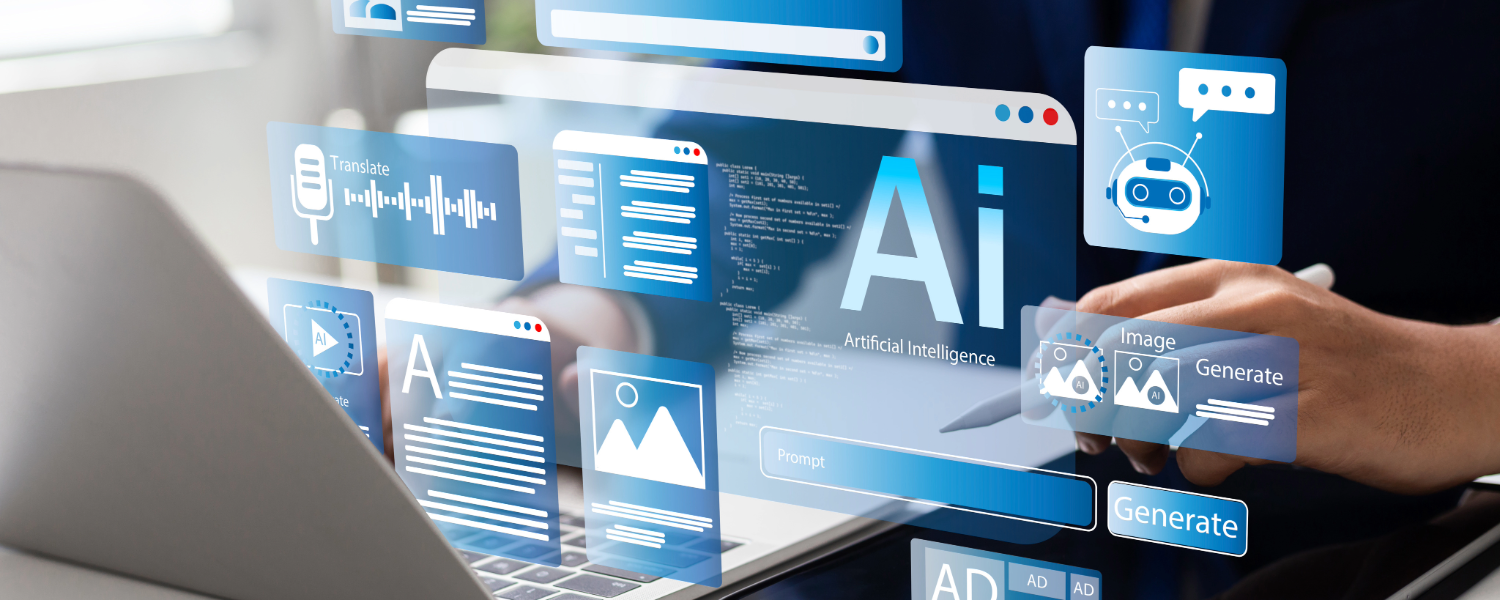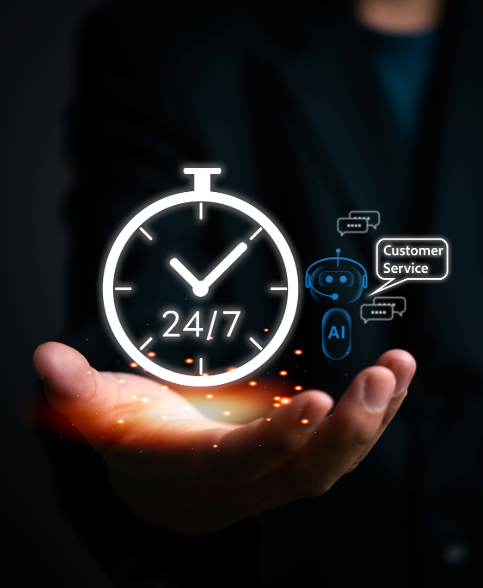Language Accessibility: AI Translators Bridging Communication Gaps
In an increasingly interconnected world, language should not be a barrier to communication, especially when it comes to humanitarian efforts and advocacy for human rights. Nonprofit organizations and human rights defenders (HRDs) frequently work with diverse populations, often encountering significant language barriers that can hinder their outreach and effectiveness. Artificial Intelligence (AI) is emerging as a transformative solution in this context, with AI-powered translation tools facilitating cross-cultural communication and broadening the reach of organizations committed to making a difference. This article examines the role of AI translation tools in enhancing language accessibility and fostering inclusivity.
1. Real-Time Translation Capabilities
AI-powered translation tools, such as Google Translate and Microsoft Translator, offer real-time translation capabilities that enable organizations to communicate with individuals who speak different languages instantly. These tools analyze text and speech in mere seconds, providing immediate access to translated content across various platforms, including websites, chat applications, and social media.
For HRDs and nonprofits, real-time translation is invaluable when providing urgent assistance or disseminating important information during crises. For instance, during humanitarian emergencies, organizations can quickly translate messages related to safety, healthcare, and resource distribution, ensuring that individuals receive vital information promptly.
2. Catering to Diverse Audiences
Nonprofits and HRDs often serve diverse communities, each with its unique linguistic landscape. AI translation tools can be adapted to accommodate local dialects and colloquialisms, ensuring that messages resonate with audiences on a more personal level.
By using AI-driven translation systems that support multiple languages and dialects, organizations can tailor their communications to meet the specific needs of their target populations. This localized approach fosters trust and understanding, empowering marginalized communities to engage more effectively with organizations advocating for their rights.
3. Enhancing Documentation and Advocacy Efforts
A significant component of advocacy work involves documenting stories, testimonies, and evidence related to human rights violations. AI translation tools can assist nonprofits in accurately translating crucial documents and testimonies, ensuring that language barriers do not compromise the credibility of their findings.
By providing accurate translations, organizations can present compelling reports and advocacy materials to government officials, international bodies, and the media. Effectively communicating these findings increases the chances of driving policy changes and raising awareness about critical issues affecting marginalized communities.
4. Streamlining Training and Capacity Building
AI-powered translation tools can also enhance training and capacity-building efforts for community members and frontline workers. By translating training materials, workshops, and resources, organizations can ensure that the information is accessible to all participants, regardless of their language proficiency.
This inclusive approach helps to empower communities by equipping them with the knowledge and skills needed to advocate for their rights. When training sessions, guides, and resources are available in multiple languages, organizations can foster a sense of ownership and confidence, creating a more impactful support system for those affected by social injustices.
5. Facilitating Cross-Border Collaboration
In the realm of human rights and humanitarian work, collaboration across borders is essential. AI translation tools enable NGOs, HRDs, and local organizations to communicate seamlessly, sharing insights, strategies, and resources regardless of language barriers.
By breaking down these barriers, AI fosters international solidarity and encourages coalition-building among diverse groups united in their efforts for justice. The ability to collaborate effectively enhances the sharing of best practices and facilitates collective advocacy initiatives that address global issues.
6. Ethical Considerations and Challenges
While AI-powered translation tools offer significant advantages, it is essential to recognize their limitations and ethical considerations. Machine translation may not always capture nuances, cultural contexts, or idiomatic expressions present in original texts, leading to potential misinterpretations.
Organizations should exercise caution and provide human oversight when using AI translations, especially for sensitive content or crucial communications. Where possible, pairing AI translation tools with human translators or reviewers can help ensure that messages are accurate and culturally appropriate.
Conclusion
AI-powered translation tools play a pivotal role in bridging communication gaps for nonprofits and human rights defenders, enhancing their ability to reach diverse audiences and advocate for marginalized communities effectively. By providing real-time translation capabilities, catering to local dialects, and facilitating cross-border collaboration, AI fosters inclusivity and empowers organizations to amplify their impact. As the global landscape evolves, embracing AI technologies for language accessibility will be essential for driving social change, ensuring that no voice is left unheard, and creating a more equitable and just world for all. By leveraging the power of AI responsibly, organizations can enhance their engagement and advocacy efforts, paving the way for greater understanding and solidarity across linguistic divides.



